82mm BM-37
BM-36, BM-41, BM-43 | China: Type 53
Overview
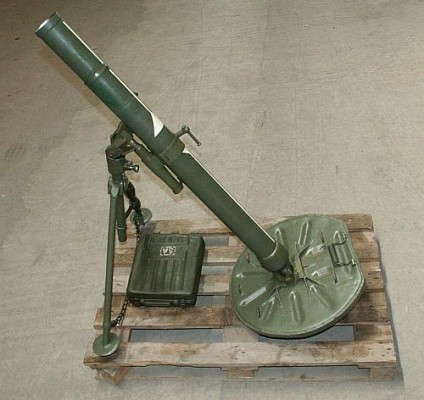
82mm PM-37
Soviet 82mm PM-37 mortar.
Source: Unknown author -
© Copyright lies with original owner
N.A. Dorovlev (BM-36); B.I. Szayrin (BM-37)
China
8.2 cm Granatwerfer 274/1 (Beutewaffen index for PM-36)
China
Vietnam
Egypt
Description
Introduction
The BM-37 mortar is World War 2 era 82 mortar of Soviet design. It was developed just before World War 2 in which it proved itself as the standard Soviet mortar. The BM designation refers to "Batalonnyy Minomet", Russian for battalion level mortar. The family of Soviet World War 2 era 82mm mortars is often called the BM-37 as this was the most produced version of this mortar. Alternative names are the M-37 and M1937. The BM-37 is one of the most produced mortars in the world.
Design
The BM-37 is a conventional muzzle loaded drop fired 82mm mortar. The design is heavily influenced by the Brandt Mle 27/31 mortar. The design started out as the BM-36 with a square base-plate. All subsequent versions have a round base-plate. The BM-36, BM-37 and M-37M are fitted with a conventional bipod system with manual elevation and traverse. The BM-41 and BM-43 have a bipod that doubles as a carriage since they are fitted with two steel wheels.
Firepower
The BM-37 is a rugged and easy to use weapon system. It is able to fire 15 to 25 round per minute out to a range of 3 km. Judged by today's standards the M37 is fairly heavy and has a limited range. Modern designs in the same caliber are lighter, provide better accuracy and offer ranges of over 5 km. For most purposes the BM-37 will still do well and the significant numbers that are still in service remain a potent weapon system.
Mobility
The BM-37 is normally transported in a light vehicle and can be carried in several pieces over short distances. The BM-41 and BM-43 variants have an integrated two wheel carriage. However, the improved mobility did not outweigh the reduced performance and production switched back to a reduced weight BM-37.
Users
Soviet forces used large number of 82mm mortars during World War 2. Captured mortars were used by Finnish and Nazi German troops. The BM-37 and its derivatives were exported to most Soviet allies. The production continued well into the Cold War era until it was replaced in production by the improved 2B14 Podnos 82mm mortar. Large numbers were produced in China as the Type 53. In Eastern European service it is mostly replaced by the newer 2B14 Podnos, but many remain in service around the world.
Variants
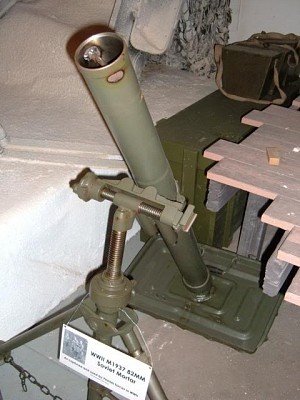
82-BM-36
The BM-36 was the first of the Soviet production 82mm mortars. The BM-36 has a conventional design with a standard bipod and square baseplate. It was soon replaced in production by the improved BM-37.
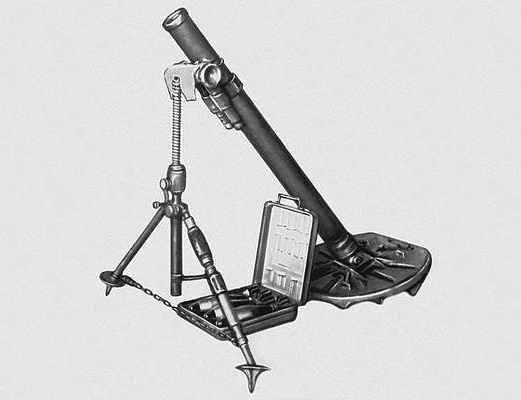
82-BM-37
The BM-37 is an improved version of the BM-36. The main difference being the round base plate. The BM-37 series and its M-37M derivative are by far the most numerous variant.
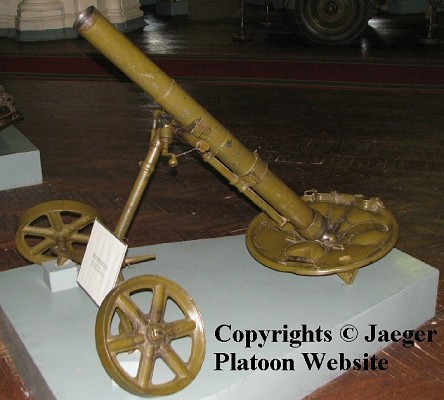
82-BM-41
The BM-41 was an attempt to improve the mobility of the BM-37. On the BM-41 the conventional bipod has been replaced by a T-shaped bipod with each bipod leg acting as an axle to which metal wheels can be attached. However, in practice this bipod proved to be unstable.
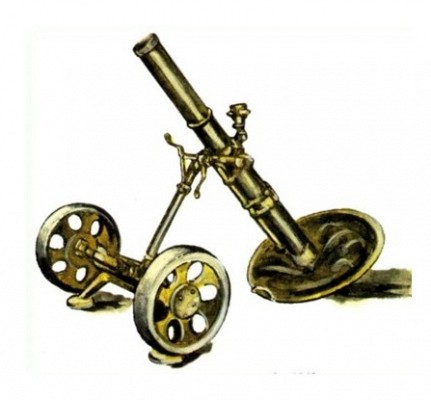
82-BM-43
The BM-43 is another attempt to increase the mobility of the BM-37. It differs from the BM-41 in that the bipod has dedicated feet and the wheels are permanently fixed above those feet. Despite being superior to the BM-41, the BM-43 was discontinued in favor of producing more of the BM-37 type.
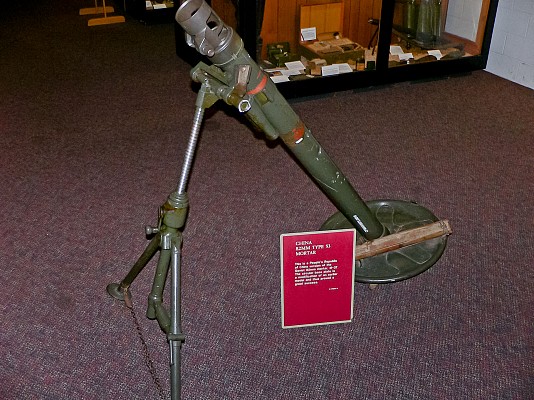
82mm M-37M
The M-37M is the latest version of the World War 2 era Soviet 82mm mortar family. It was developed after the BM-41 and BM-43 designs proved to be disappointing. The bipod and baseplate have been lightened. It can be identified by the muzzle safety device. This variant was also produced in large number in China as the Type 53.
Details
Related articles
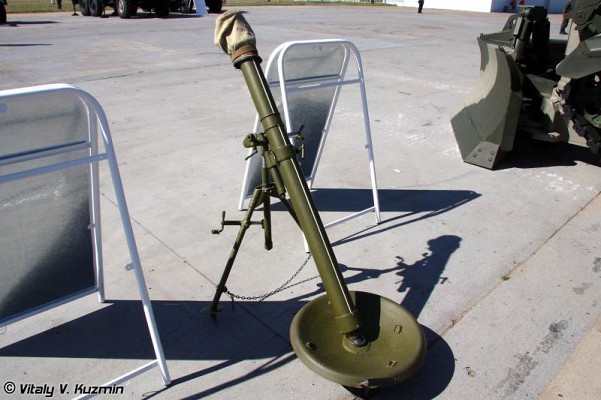
82mm 2B14 Podnos
The 2B14 Podnos was developed to replace the World War 2 era PM-37.
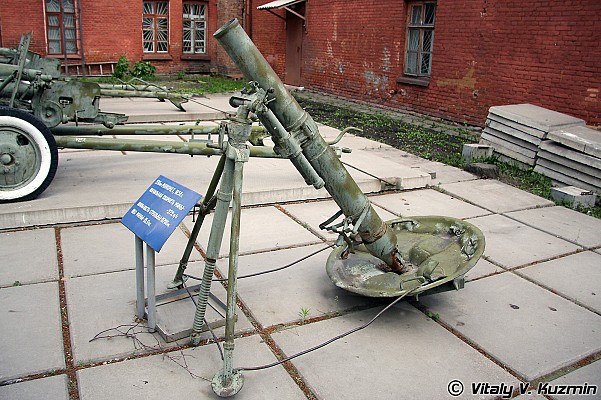
120mm PM-43
During World War 2 the Soviets decided to reduce the production of 82mm mortars in favor of producing larger numbers of 120mm PM-43 mortars.